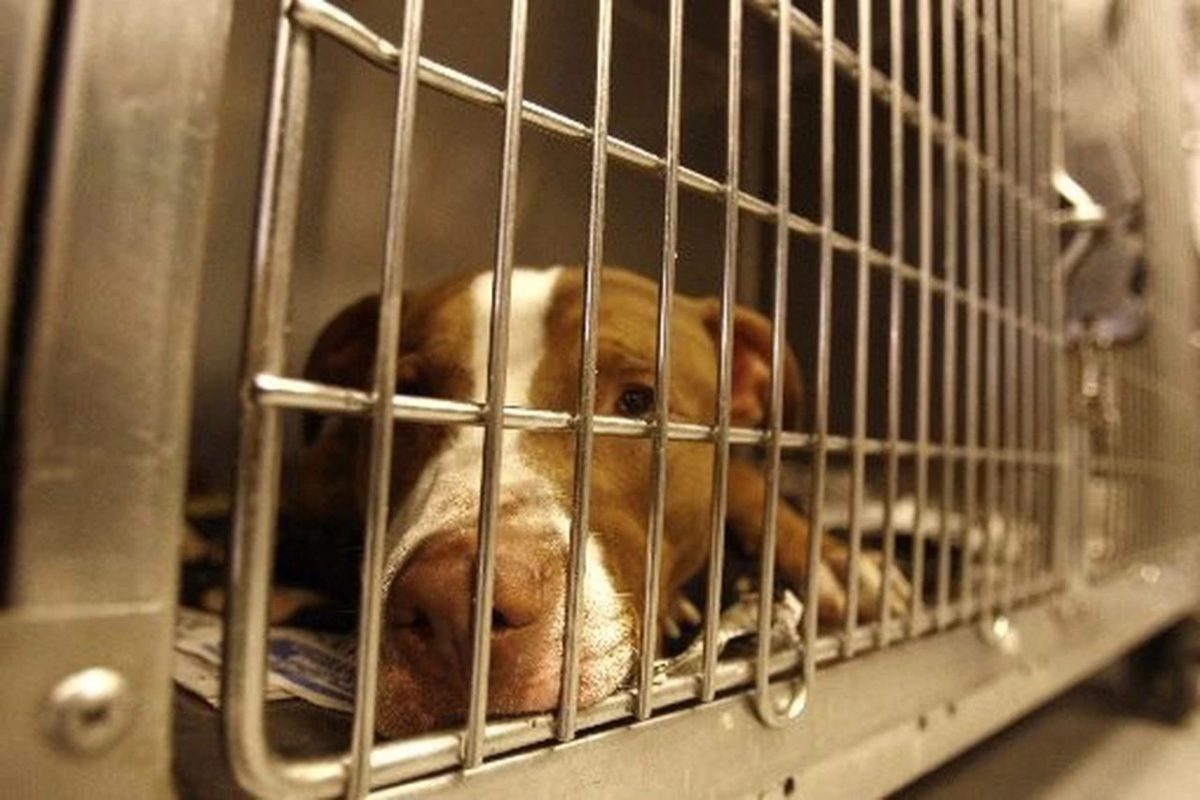
California Governor Gavin Newsom appears to have withdrawn his No Kill initiative. Earlier this year, he announced to great fanfare he wanted California to become a No Kill state and budgeted $50,000,000 to do so. That money now seems to be have been quietly cut from his revised budget.
After it disappeared from the budget summary, I reached out to Hannah Wiley, a political reporter for the Sacramento Bee, who writes on budget issues and she says she “tried to look up that funding in the revised budget and could not find it.” In light of budgetary shortfalls because of the current pandemic, she further wrote, “Newsom said he was walking back all new program initiatives and funding expansions, so again, safe to bet it didn’t make the cut.”
While we should always lament the loss of funding for the state’s neediest and most at-risk animal companions, the $50,000,000 was initially misallocated to begin with. It was earmarked as a grant to UC Davis to administer, and UC Davis tapped individuals to run it who have historically opposed the No Kill philosophy and more recently, urged rescue groups and shelters to stop doing TNR during the current crisis, even if it negatively impacts the welfare of cats.
Moreover, the proposed funding allocation was at odds with the nature of the problem, as animals are not dying because of a lack of funding. They are instead being killed because local pound managers choose to do so by running those pounds on an anachronistic 19th Century model, by fighting efforts to modernize operations, and by blaming everyone and everything else for their own failures. In January, I urged the Governor to instead use the money to fund and enforce the 1998 Animal Shelter Law, which sets minimum standards for state pounds, parts of which are being ignored by those pounds across the state.
Finally, it is worth noting that lifesaving initiatives are not just more cost-effective than killing; they are often revenue positive. A University of Denver study, for example, found that a No Kill ordinance passed in Austin, which placed 98% for dogs and 96% of cats in 2018, yielded $157,452,503 in positive economic impact to the community in its first six years — a return on investment of over 400%. The study concluded that, “The costs associated with implementing the Resolution appear to have been more than offset by a series of economic benefits to the community.” And study authors further concluded that that’s “the most conservative possible measure of the data.” In other words, the true economic benefit is likely to be higher.
Prior studies have reached similar conclusions. In California, for example, one provision of the 1998 Animal Shelter Law resulted in a 700% increase in lifesaving — from roughly 12,000 animals a year before the law went into effect to 100,000. That increase of 85,000 animals per year saved, rather than killed, corresponded with a cost savings of over $3,000,000 for killing and destruction of remains (these savings do not include additional savings related to cost of care). Similar studies, with similar conclusions, have been conducted in Florida, Michigan, Minnesota, and Oklahoma.
Of course, more resources would be welcome and helpful if allocated appropriately. But even without it, California can still become a No Kill state. It can even do so during the current crisis. Across the country, intakes are down, foster care placements are up, shelters “have placed record numbers of dogs, cats and other animals,” and many are finding themselves empty for the first time in their history. Some are now pulling animals from surrounding communities to meet demand.
In short, shelters do not have to kill animals now. They won’t have to kill animals should some animals be returned after the crisis is over. Indeed, they never had to do so.
————-
Have a comment? Join the discussion by clicking here.